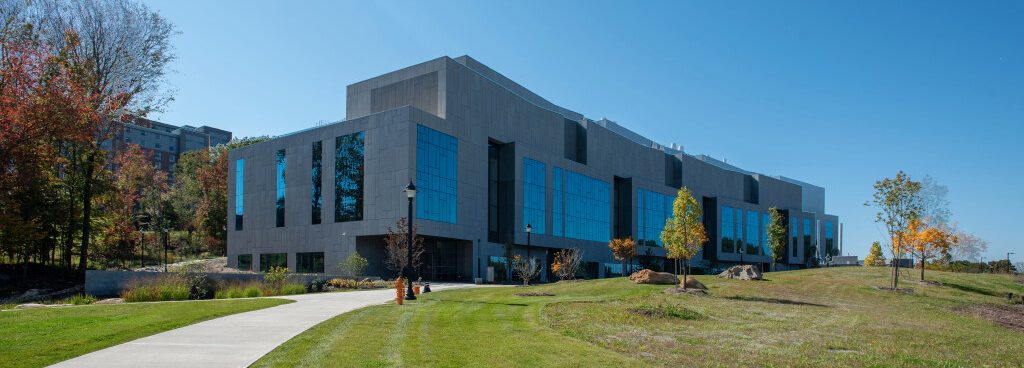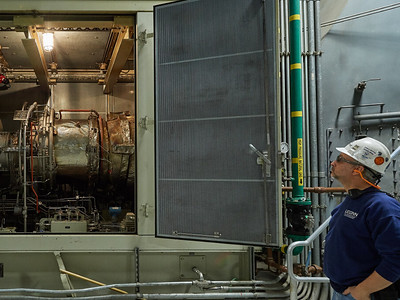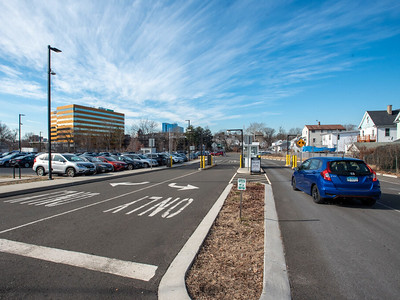
Operations
Learn more about sustainability in operations at UConn!
Sustainability reporting for operations
The STARS Operations (OP) credits span nine categories: Air & Climate, Buildings, Energy, Food & Dining, Grounds, Purchasing, Transportation, Waste, and Water. The University of Connecticut scored above average in this section, with a score of approximately 43 out of 72 (as of Nov. 2023). The Operations section of STARS connects to nearly all of the United Nations Sustainable Development Goals (SDGs):
- Goal 2: Zero hunger
- Goal 3: Good health and well-being
- Goal 6: Clean water and sanitation
- Goal 7: Affordable and clean energy
- Goal 8: Decent work and economic growth
- Goal 9: Industry, innovation, and infrastructure
- Goal 11: Sustainable cities and communities
- Goal 12: Responsible consumption and production
- Goal 13: Climate action
- Goal 14: Life below water
- Goal 15: Life on land
STARS: Operations (OP)
The University of Connecticut earned 60 percent of available points for the Operations category (42.73/72) for all Operations categories combined. The average university score is approximately 42 percent.
For the Operations (OP) credits, STARS recognizes member institutions that are achieving goals such as "reducing their greenhouse gas emissions," "improving the sustainability performance of their buildings," "supporting a sustainable food systems," maintaining campus grounds in a sustainable fashion, zero-waste, and more.
The University continues to strive for increased performance in the Operations category. Read about our various initiatives at the pages above!

Explore sustainable features on campus
Take a virtual tour of key sustainability features, low impact development practices, and the Arboretum's Tree Inventory on campus! The tours can help you learn more about the unique features seen and used every day on campus that are helping UConn achieve its sustainability goals.

Check out energy data for campus
Take a look the EnergyStats dashboard compiled by Facilities Operations and the Department of Statistics! The dashboard includes maps of LED installations and energy usage as well as energy use and cost data by building and energy production data.











